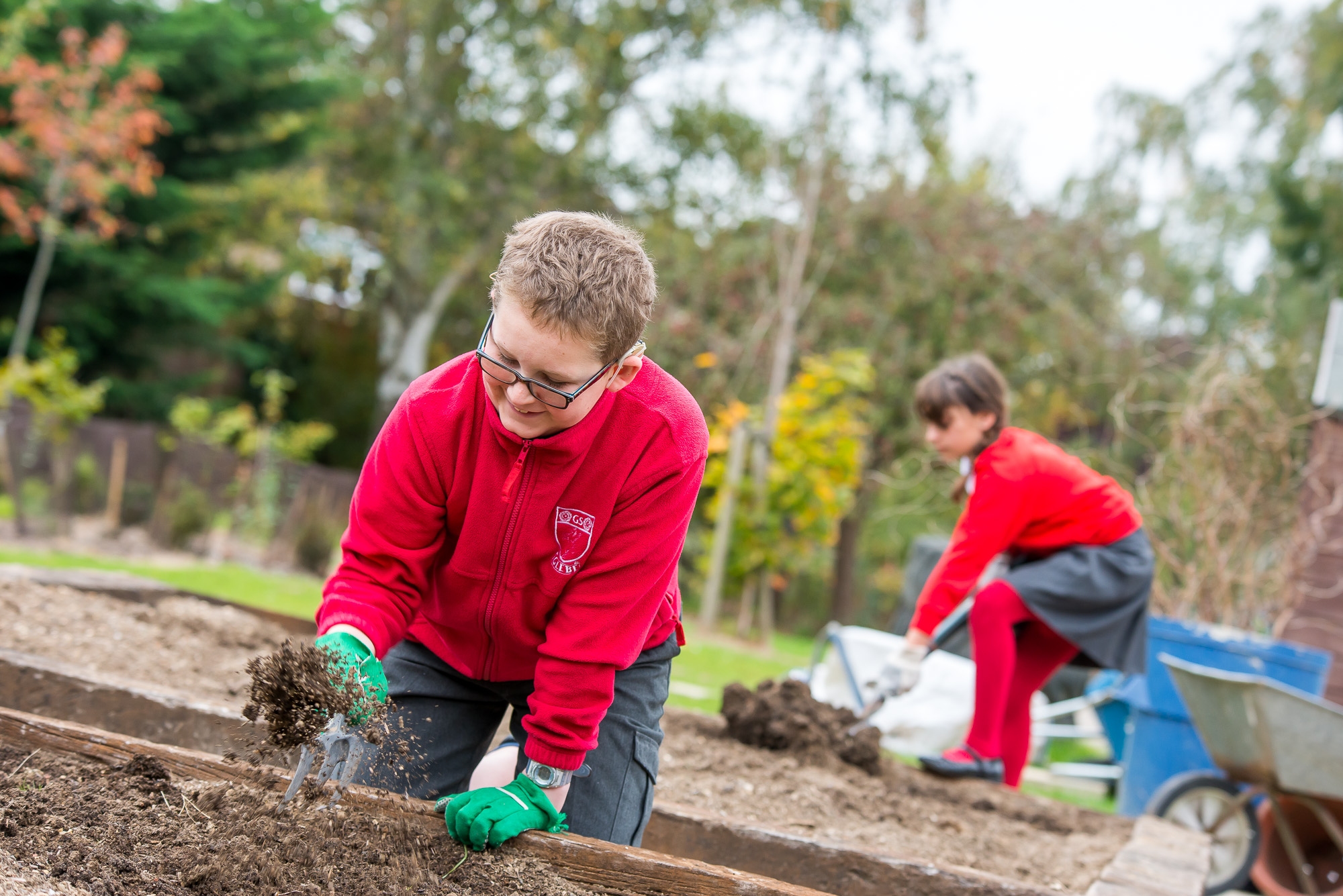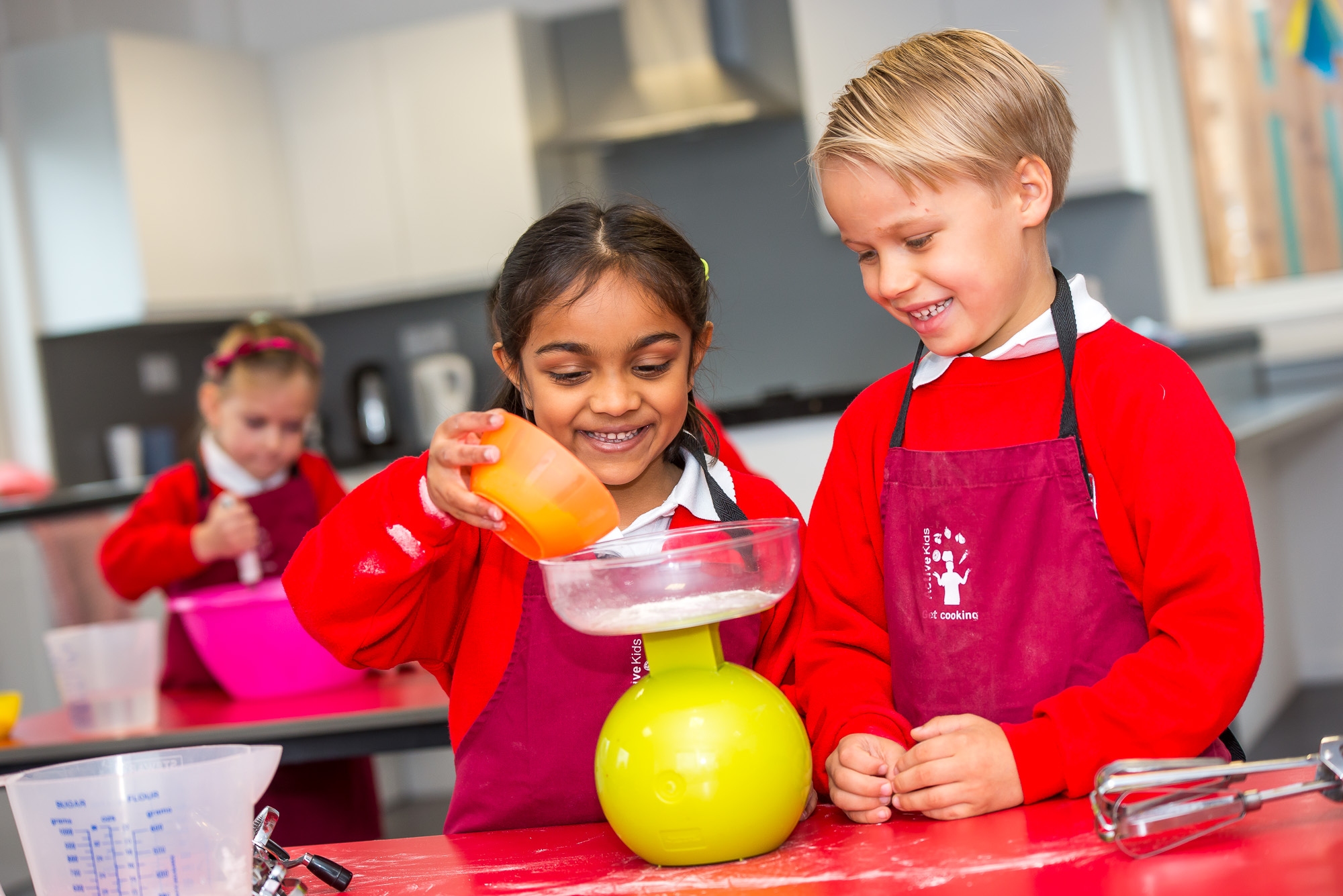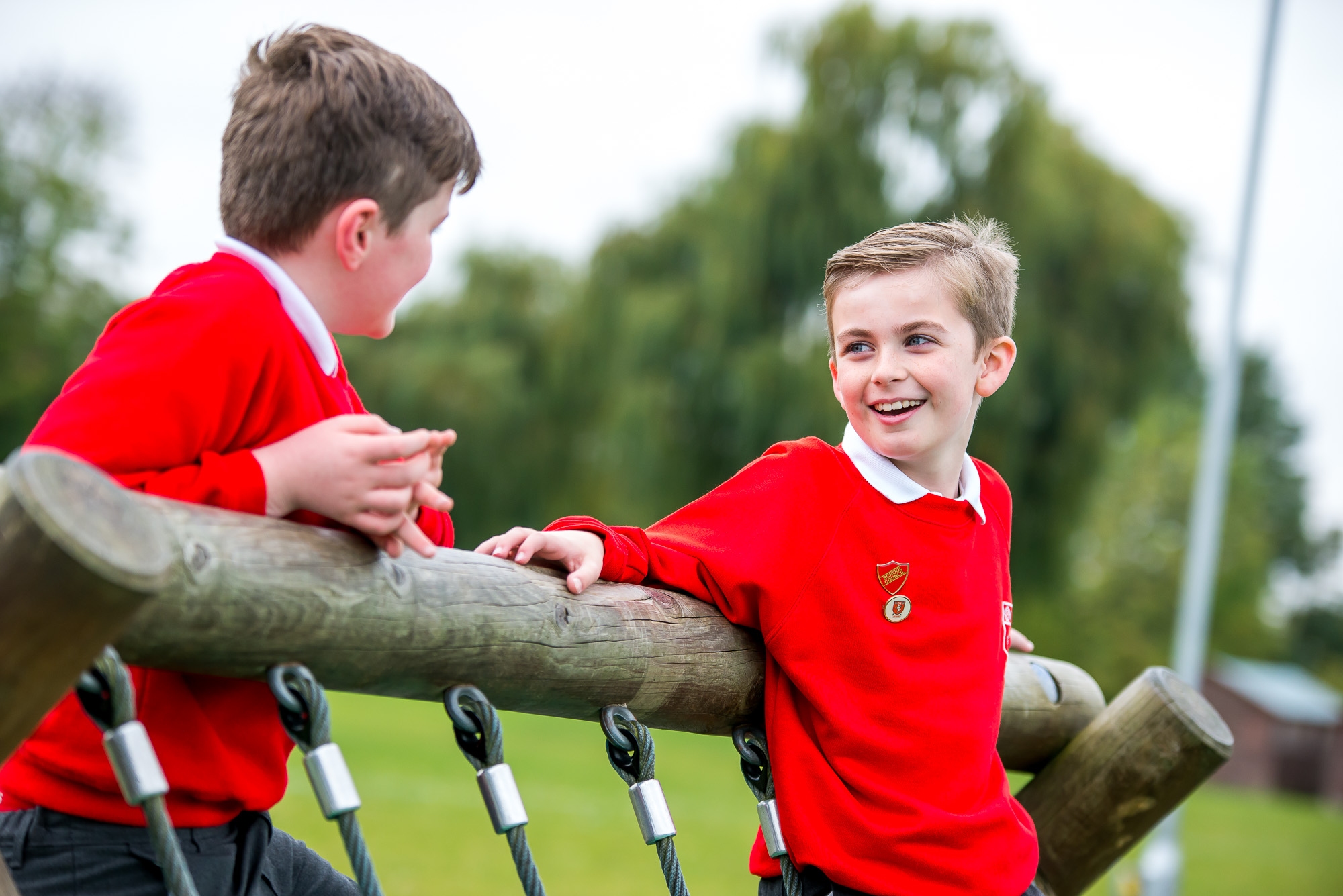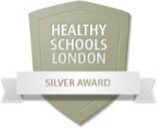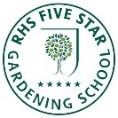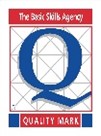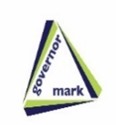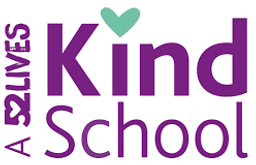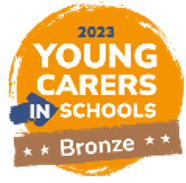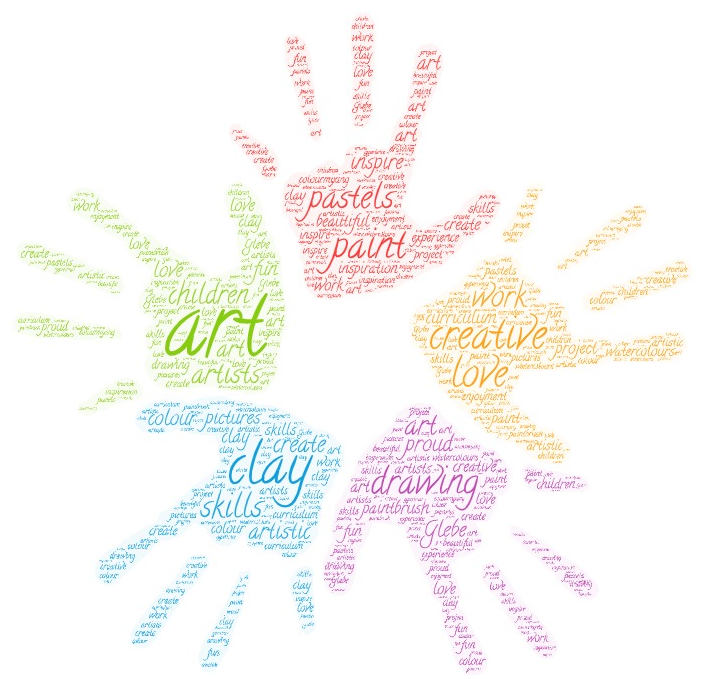
At Glebe Primary School, we believe in an ethos that values the whole child. We strive to enable all children to reach their full potential academically, socially and emotionally.

We aim to fulfil the requirements of the National Curriculum for Art and Design, ensure the progressive development of knowledge and skills, enable children to observe and record from first-hand experience and from imagination, develop the children’s competence in controlling materials and tools, acquire knowledge and become proficient in various art and design techniques and processes, begin to develop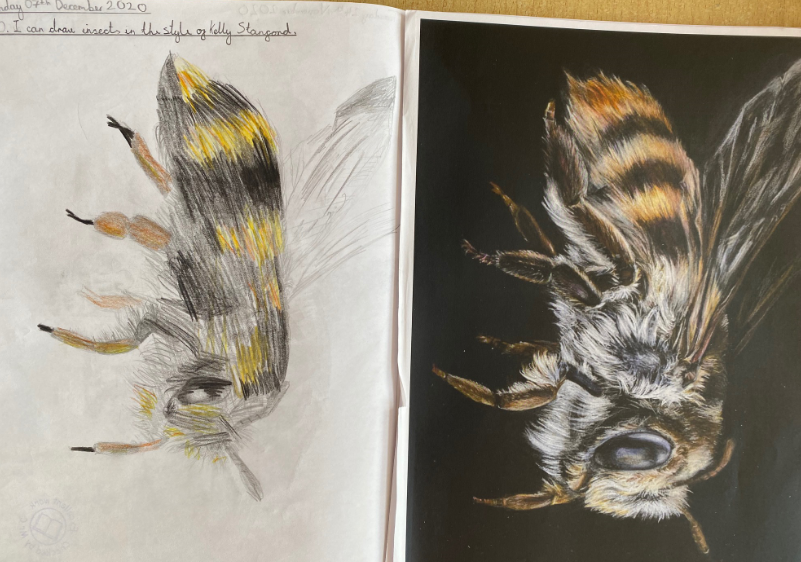
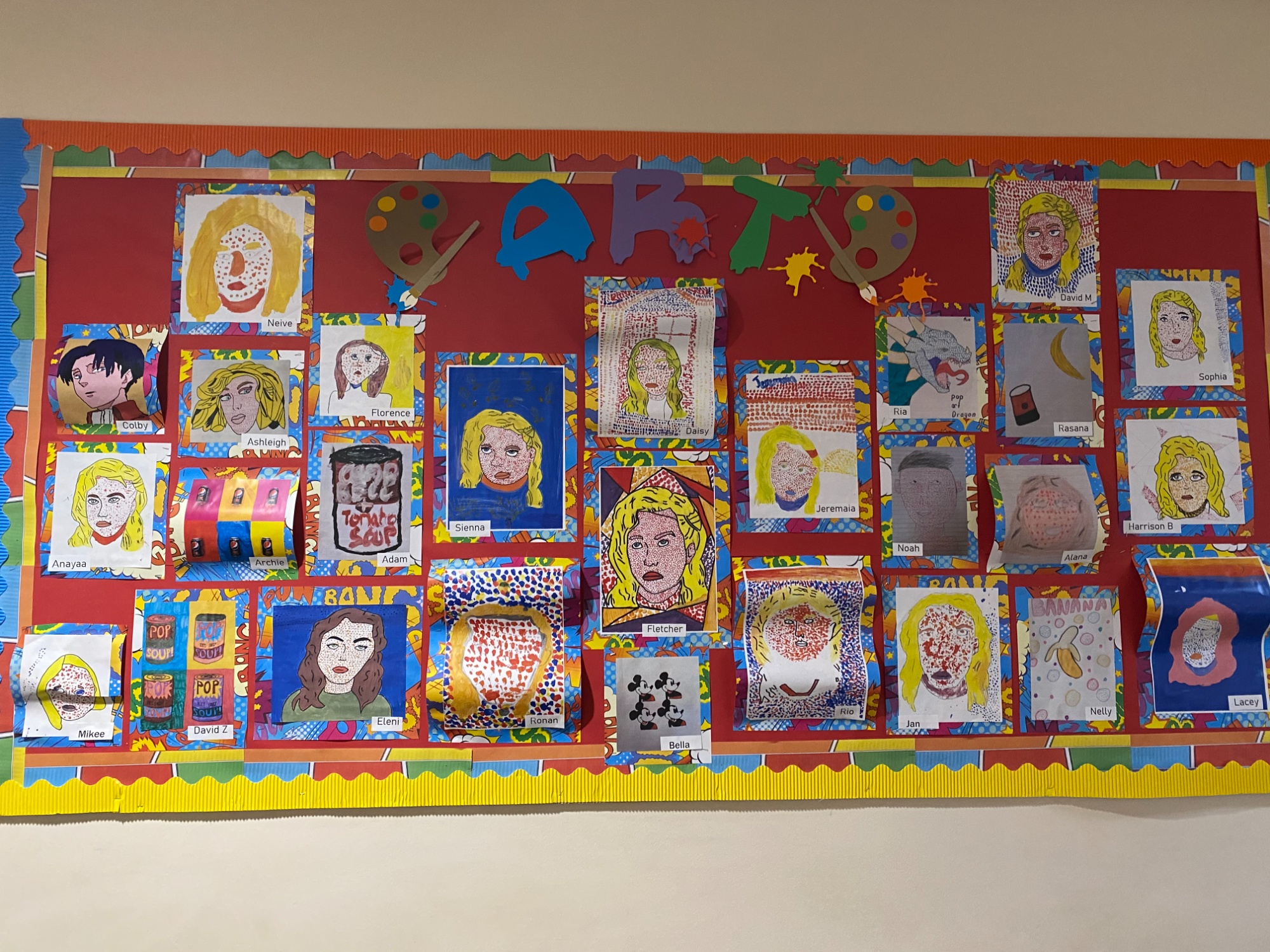 and design in all subjects.
and design in all subjects.
Art is a powerful and very individual communication tool for our pupils. Through this media Glebe Primary School pupils can express their understanding of the world around them. Art combines the development of ideas and concepts, through to exploration and education of feeling, thus helping to educate the ‘whole’ child emotionally, aesthetically, spiritually, intellectually and socially. Due to the nature of the ‘arts’ and its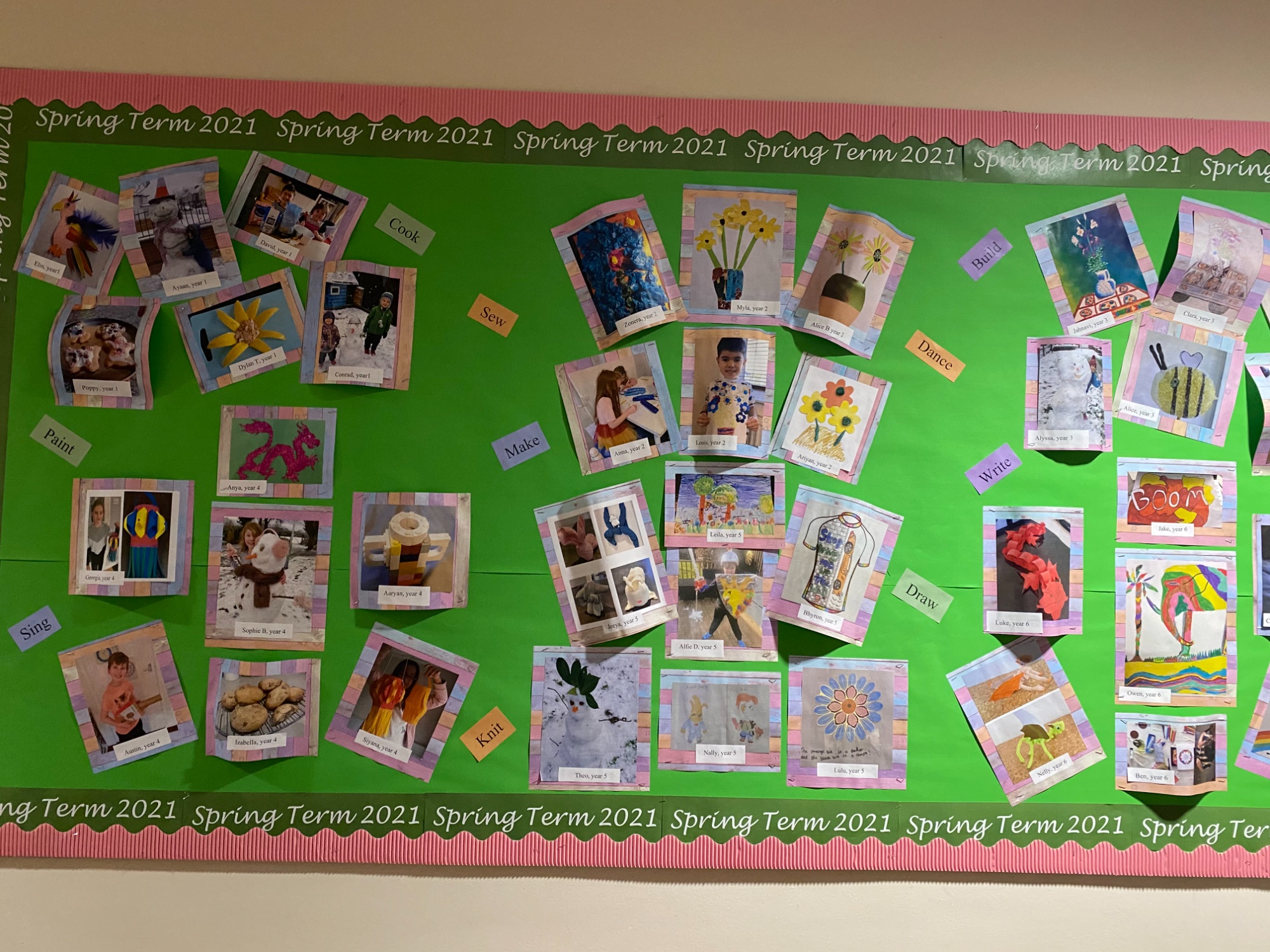 diversity there is no ‘right’ or ‘wrong’ way to create a piece of art. Therefore, our pupils can gain confidence and a feeling of achievement from whatever the end result may be. Art can be a very useful tool to encourage and celebrate pupils’ sensory exploration and development.
diversity there is no ‘right’ or ‘wrong’ way to create a piece of art. Therefore, our pupils can gain confidence and a feeling of achievement from whatever the end result may be. Art can be a very useful tool to encourage and celebrate pupils’ sensory exploration and development.
What do our pupils say?
Do you enjoy art? Why?
Year 1 Pupil: “Yes, because it’s really creative.”
Year 2 Pupil: “Yes, because it relaxes me.”
Year 3 Pupil: “Yes, because it’s relaxing.”
Year 4 Pupil: “Yes, because you can be really creative and it’s fun.”
Year 5 Pupil: “Yes, because we do painting and I like using bright colours- it cheers me up!”
Year 6 Pupil: “Yes, because I want to be an artist when I grow up.”
What is your most memorable art lesson? Why?
Year 1 Pupil: “When we painted blossom because we used paint and I love painting.”
Year 2 Pupil: “When we used lots of different materials to collage and learnt about hot and cold colours.”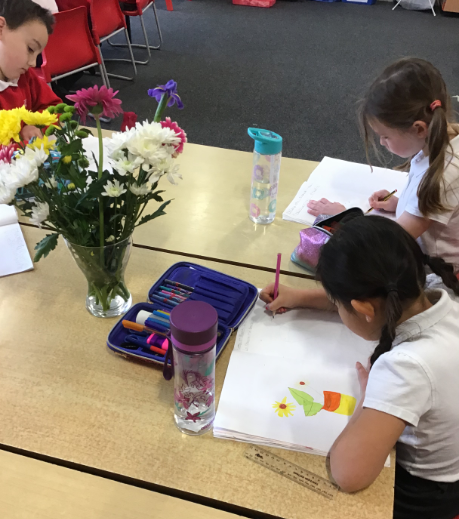
Year 3 Pupil: “When we made papier mache because it was so much fun.”
Year 4 Pupil: “Drawing a Roman Emperor because I like shading and sketching.”
Year 5 Pupil: “Water colour painting. We explored different ways of mixing colours.”
Year 6 Pupil: “The animal collage because it was very fun and I worked hard at it.”
How do you know if you are doing well in art?
Year 1 Pupil: “If the teacher says it’s good.”
Year 2 Pupil: “I can ask the teacher.”
Year 3 Pupil: “I ask my friends on my table and I can try doing it in a different way.”
Year 4 Pupil: “If it looks like what I’m aiming for then I know I’m doing well.”
Year 5 Pupil: “I know that if I’m enjoying it, I’m doing well because there’s no wrong answer.”
Year 6 Pupil: “When I get good comments from others in the class.”
How does your teacher help you with art?
Year 1 Pupil: “She helps us by showing us what we have to do.”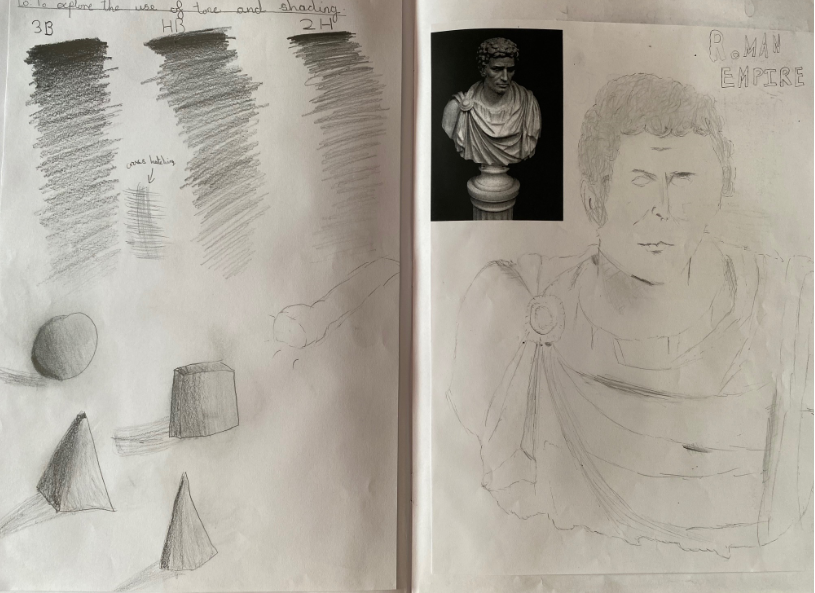
Year 2 Pupil: “She tells me what to do.”
Year 3 Pupil: “She gives me tips on how I can do better.”
Year 4 Pupil: “She tells me what techniques I can use and that helps me.”
Year 5 Pupil: “He explains it to us and I can look at displays or the knowledge organiser.”
Year 6 Pupil: “He talks us through and demonstrates skills and shows us videos.”
Learn how to draw with letters and numbers: Drawing tutorials
Tate website for kids- some great information and some lovely activities to try: Tate activities
Make your own monster bookmark:
Playdough recipe:
- 2 cups of plain flour
- 1 cup of salt
- 1 tablespoon of oil
- half to 1 cup of cold water
- 2 drops of liquid food colouring
- Mix the flour and salt then add the water, oil and food colouring. Knead the mixture well, adding a little more flour if the consistency is too wet.



